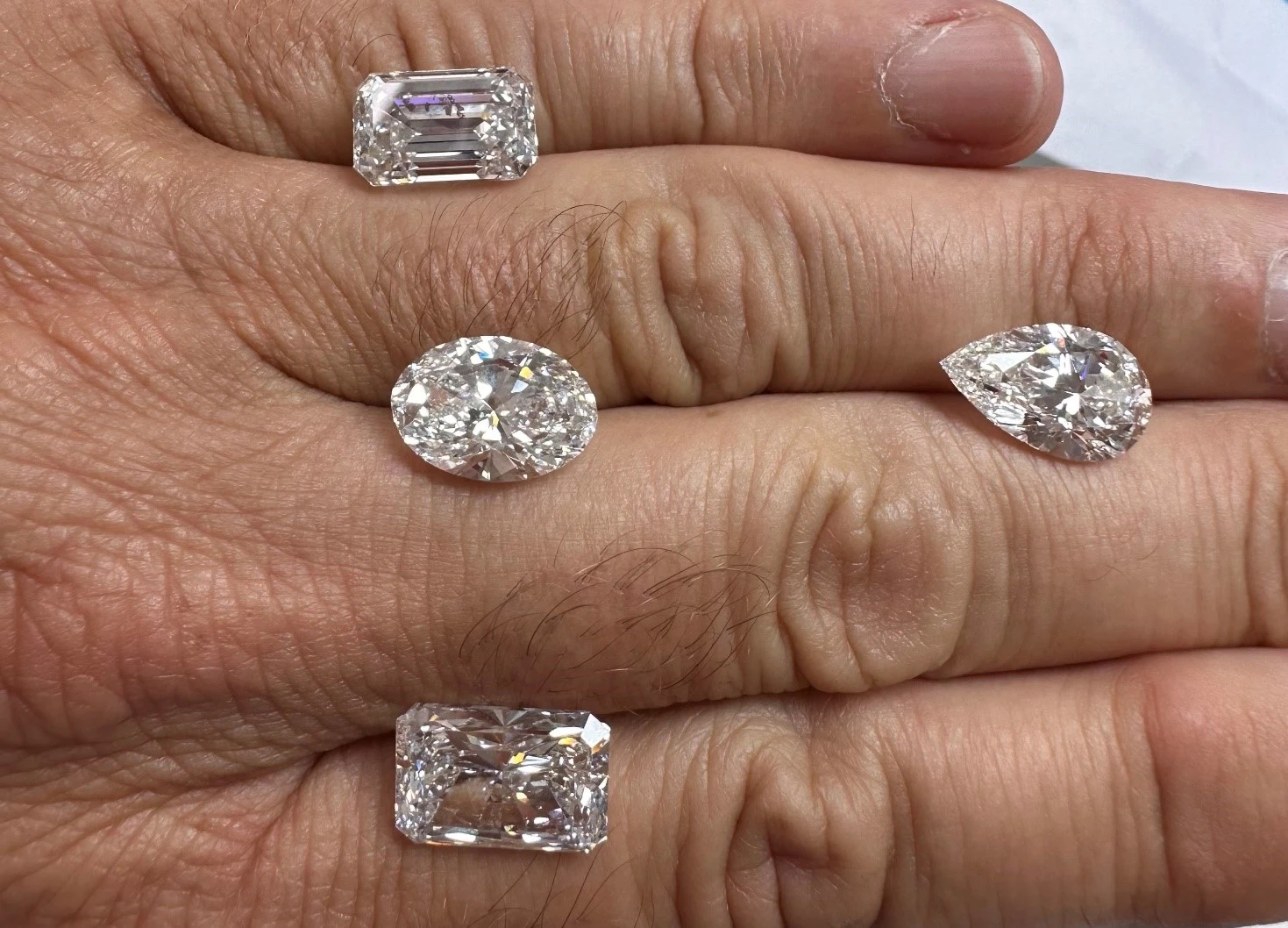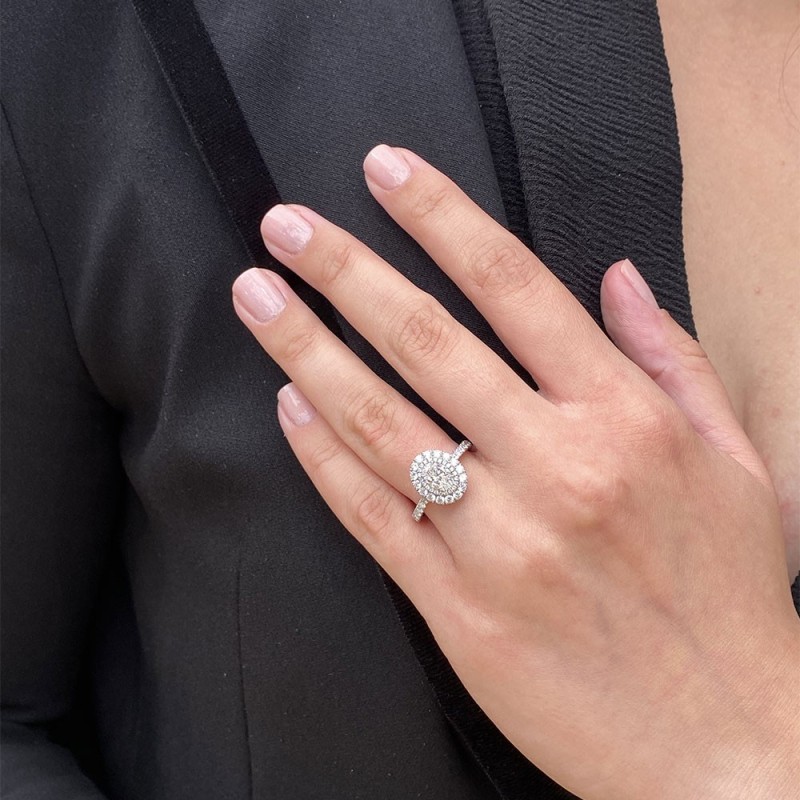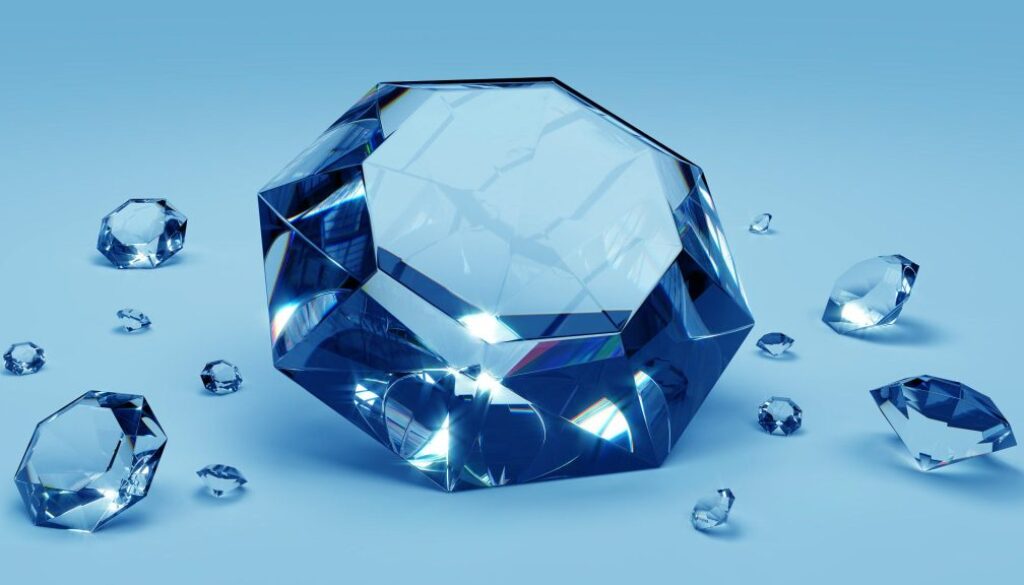Diamond pendants are more than just beautiful pieces of jewelry; they are symbols of elegance, status, and timeless style. A well-chosen diamond pendant can elevate any outfit, making it a versatile accessory that complements both casual and formal wear. With so many designs, settings, and diamond cuts to consider, selecting the perfect diamond pendant can feel overwhelming. This guide will walk you through everything you need to know to choose a colgante diamante that suits your style and fits your budget.
Table of Contents
What Makes a Diamond Pendant Special?
Diamond pendants hold a unique allure that few other pieces of jewelry can match. They dangle close to the heart, symbolizing love, beauty, and sophistication. A diamond pendant is an ideal gift for yourself or a loved one, as it signifies not only a refined sense of taste but also a deep, enduring bond. What makes a diamond pendant stand out from other jewelry pieces is its simplicity and understated charm. Unlike elaborate necklaces or bracelets, a diamond pendant focuses solely on the beauty of the diamond, allowing it to shine without distractions. Whether it’s a single diamond solitaire pendant or a more intricate design, a diamond pendant is timeless, making it a staple in any jewelry collection.
Different Types of Diamond Pendants
Choosing the right type of diamond pendant depends on personal preference and the occasion for which you plan to wear it. The classic solitaire diamond pendant is among the most popular choices, known for its simple elegance and versatility. This design features a single diamond suspended on a chain, allowing the stone to be the focal point. Another option is the halo diamond pendant, which has a central diamond surrounded by a circle of smaller lab created diamonds. This style enhances the size and brilliance of the central stone, making it a great choice if you want a diamond pendant that offers a more substantial look. Cluster diamond pendants, which arrange multiple smaller diamonds in a specific shape, provide an alternative for those who prefer a more intricate design.
Choosing the Right Diamond Cut for Your Pendant
The diamond cut is one of the most important factors when selecting a diamond pendant. The cut not only affects the shape but also influences the sparkle and brilliance of the diamond. Popular cuts for diamond pendants include the classic round cut, which maximizes brilliance, and the princess cut, which is square-shaped and offers a modern aesthetic. The emerald cut, with its elongated shape and sophisticated appeal, is another excellent choice for a diamond pendant. If you want something unique, consider the marquise or pear cut, both of which offer a distinctive look. The cut of the diamond should reflect your personal style, as it will significantly impact the overall appearance of the diamond pendant.
Understanding Diamond Clarity and Color
When shopping for a diamond pendant, clarity and color are key aspects that affect the diamond’s beauty and price. Clarity refers to the presence of any imperfections or inclusions within the diamond. For a pendant, you can often choose a diamond with a lower clarity grade compared to an engagement ring, as pendants are not viewed up close. However, selecting a diamond with good clarity ensures that it maintains a high-quality sparkle and shine. Diamond color is another essential factor. While colorless diamonds are the most popular, slightly tinted diamonds can offer a warmer, vintage appeal to your diamond pendant. Opt for a color that complements your skin tone and style, as this can enhance the overall appeal of your diamond pendant.
Diamond Carat and Size: Finding the Right Balance
Carat weight is an important consideration for any diamond pendant. The carat affects both the size and the price of the diamond. A higher carat weight means a larger and often more expensive diamond. When choosing the carat for your diamond pendant, consider your budget and how prominently you want the diamond to stand out. For a subtle look, a smaller carat size may be ideal, while a larger diamond pendant makes a bold statement. The balance between carat weight and other factors like clarity and cut is crucial, as it determines the overall aesthetic and quality of your pendant.
Setting Styles for Diamond Pendants
The setting style of a diamond pendant impacts not only its appearance but also its security. The most popular setting for a diamond pendant is the prong setting, which holds the diamond in place with small metal prongs. This setting allows for maximum light exposure, enhancing the diamond’s brilliance. A bezel setting, on the other hand, encircles the diamond with metal, offering a sleek and secure option for a diamond pendant. The halo setting, where smaller diamonds surround the central stone, is another elegant choice that amplifies the pendant’s sparkle. Each setting style offers a unique look, so choosing the right one for your diamond pendant depends on your personal preferences.
Selecting the Right Chain for Your Diamond Pendant
The chain is just as important as the diamond itself, as it complements the pendant and ensures it rests gracefully around your neck. When selecting a chain for a diamond pendant, consider the length, thickness, and material. Common chain lengths for diamond pendants range from 16 to 20 inches, with 18 inches being a popular choice as it places the pendant near the collarbone. The chain’s thickness should balance with the size of the diamond pendant; a thicker chain suits larger pendants, while a delicate chain works well with smaller ones. As for materials, gold and platinum are popular options that enhance the pendant’s elegance.
Caring for Your Diamond Pendant
A diamond pendant is a long-term investment, so proper care is essential to maintain its beauty and brilliance. Regular cleaning is important, as diamonds can accumulate oils and dirt over time, which dulls their sparkle. To clean your diamond pendant, use a soft toothbrush with warm soapy water to gently scrub the diamond and setting. Avoid exposing your diamond pendant to harsh chemicals or wearing it during activities that may cause damage. Storing it in a jewelry box or soft pouch when not in use helps prevent scratches. By taking these precautions, you can keep your diamond pendant looking as radiant as the day you purchased it.
Conclusion: Finding the Perfect Diamond Pendant
A diamond pendant is a timeless piece of jewelry that adds a touch of elegance to any outfit. With so many options in terms of diamond cuts, settings, and chain styles, finding the perfect diamond pendant is a rewarding experience. By considering factors like diamond clarity, color, cut, and carat, as well as the type of setting and chain, you can choose a pendant that reflects your personality and style. Whether you opt for a classic solitaire or an intricate halo design, a diamond pendant is an investment in beauty and sophistication.




